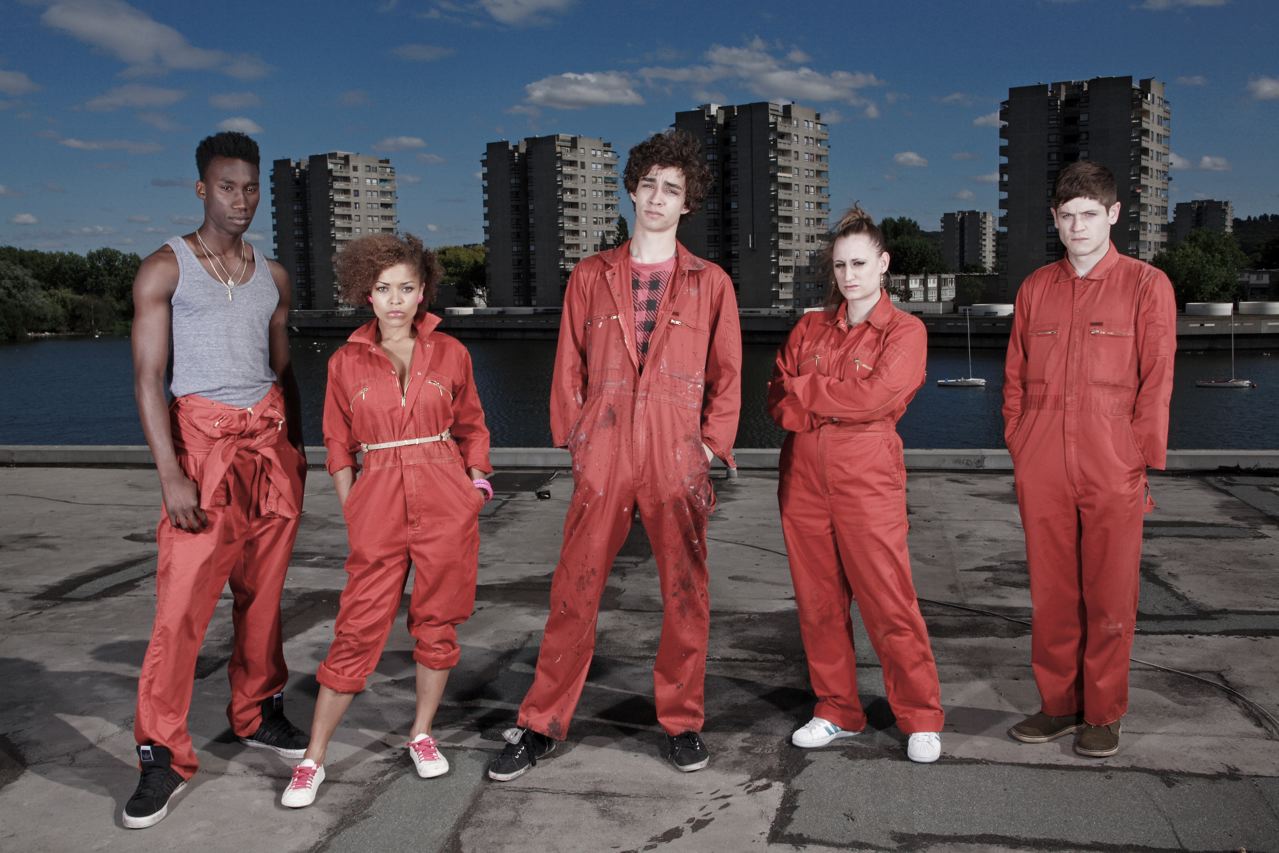Definitions:
Class and Status: A status hierarchy in which individuals and groups are classified on the basis of esteem and prestige acquired mainly through economic success and accumulation of wealth. Social class may also refer to any particular level in such a hierarchy.
Upper Class: The social group that has the highest status in society, especially the aristocracy.

Middle Class: The social group between the upper and working classes, including professional and business people and their families.

Working Class: The social group consisting of people who are employed for wages, especially in manual or industrial work.

Stereotypes of the Class System:
Upper Class:
- Well dressed - Suits, Waist coats. - Appearance.
- Own businesses and live off of the investments. (Family run) - Lifestyle
- Boarding schools and expensive university for their children.- Lifestyle.
- Wealthy. - Possession
- Own horses and a lot of dogs. - Possession
- Have expensive cars e.g. 4x4's. - Possession
- Well mannered. - Behavior.
- Hunt and shoot. - Lifestyle.
- Mostly go out on vacations. - Lifestyle
- Own Mansions in the countryside. - Living arrangements
- Have their own clubs. (Closed society) - Lifestyle.
- Have their own flats and houses in the cities or abroad. - Living arrangements.
- Live with parents usually. - Living arrangements
- Snobby. - Attitude
- Quite arrogant. - Attitude.
- Good temperament. - Behavior.
- Well Heeled. - Behavior.
Middle Class:
- Financially stable family. - Lifestyle
- Able to go on vacation once a year. - Lifestyle
- Usually have some extra money on the side. - Lifestyle
- Works white collar jobs e.g. Doctors or Office workers. - Lifestyle
- Nuclear family. - Living arrangements
- Family car. - Possession
- Medium sized homes. - Living arrangements.
- Church goers. - Lifestyle
- Successful small business e.g. Corner shops. - Lifestyle
- Chooses work that requires a degree. - Lifestyle
- Children may go private schools, more likely to go public schools. -Lifestyle
- Have been taught with one skill or more. - Lifestyle
Working Class:
- Selfish. - Attitude
- Women are physically out of control - fat, loud, overly sexual and dressed in a 'loud' and inappropriate clothing. - Appearance.
- Racist. - Behavior
- Complete physical and unpleasant jobs. - Lifestyle
- Alcoholics. - Lifestyle
- Extreme fans of football. - Lifestyle
- Violent e.g. Fighting. - Behavior
- Abusive. - Attitude
- Live in high - crime areas. - Living Arrangements
- Dependent on government's money. - Lifestyle
- School dropouts. - Lifestyle
- Females are usually in out-of-wedlock pregnancy or underage pregnancy - Lifestyle.
- Commit domestic violence - Behavior.
- Violent dogs - Possession
Information taken from:
Examples from UK and US TV Dramas:
Upper Class:
Mad Men

This programme would be considered upper class because the characters present are very well off in high earning jobs (performing in a successful advertising agencies), and dress to fit the part as well (the men always in suits and the women in elegant dresses).
Downton Abbey

This programme would be considered upper class, as the characters within the show are very distant from the working class, showing a large divide between the system, and are very well off within their possessions and lifestyles, for example: they play croquet and ride horses regularly.
Middle Class:
Waterloo Road

This programme would be considered middle class, as the characters (who in this case are teachers) are all shown working hard to earn their money, and have average stereotypical 'normal' TV lives.
Scott and Bailey

This programme would be considered middle class, as the characters are all shown working hard to earn their money (working as police constables/women detectives), and live what we as an audience would consider the 'norm' of a stereotypical police life. Whilst they dress smartly and sensible for their jobs, they aren't as elegantly dressed as stereotypical upper class constables would be.
Working Class:
Misfits

This programme would be considered working class, as the characters reflect typical teenage girls and boys who are entering the beginning of adulthood, projecting the common stereotype of teens getting up to no good and ending up in prison. The characters' appearances and actions come across 'common', linking them to the audience
The Mill

This programme would be considered working class, as the characters battle a continuous struggle with themselves and society to try and earn some money in order to survive, relying strongly on their family members. Their outfits are very dull and ragid, almost mimicking/reflecting their lifestyle.
No comments :
Post a Comment